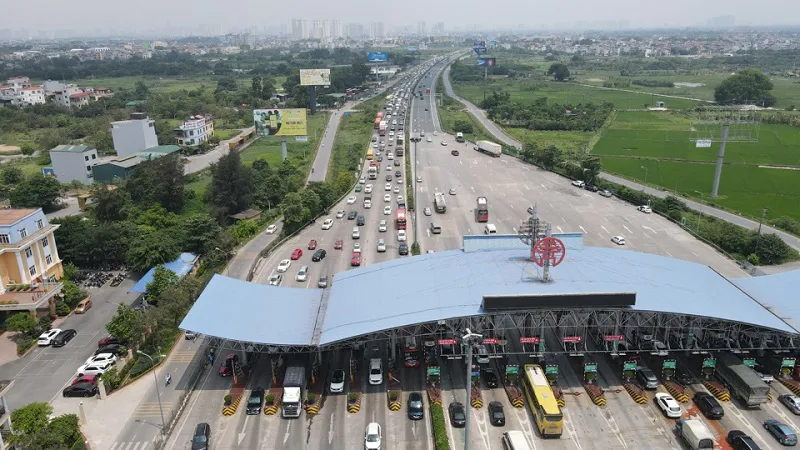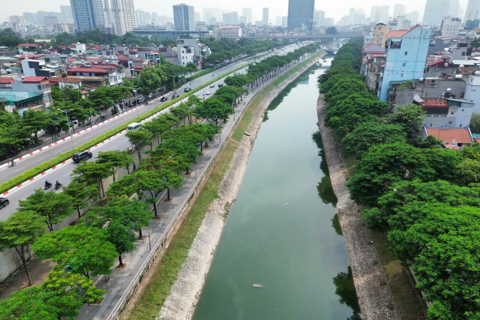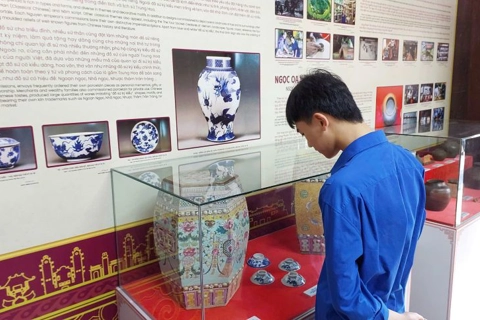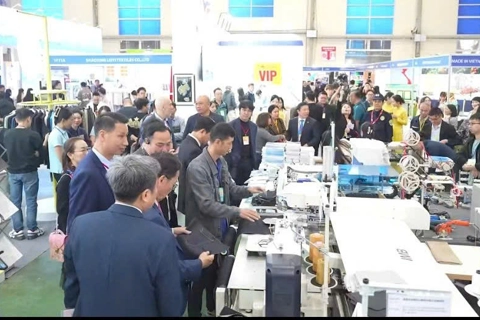Hanoi to spend US$203 million on roads to ease congestion
The Phap Van-Cau Gie highway is the main road from Hanoi to the south of the country.
Hanoi plans to spend around VND5 trillion (US$203 million) on three infrastructure projects to ease traffic at its southern gateway.
| Cars from the south at the Hanoi Phap Van toll plaza. Photo: Pham Cong/The Hanoi Times |
One of the three projects is the new road connecting Phap Van-Cau Gie Highway with Ring Road No.3.
The project aims to provide drivers with an additional route from the city's southern gateway into the metropolitan area, easing traffic and better linking the capital to surrounding localities.
Hanoi expects the project to boost socio-economic growth in Hoang Mai and Thanh Tri districts, as well as other areas to the south.
With a 3.4-kilometer-long and 60-meter-wide design, it has six lanes for cars and two lanes for both cars and other vehicles.
Costing VND3.24 trillion (US$131.5 million), the project is scheduled for completion in 2025.
Secondly, the city plans to complete the construction of a new 19-km cross-district road on the eastern side of the Phap Van - Cau Gie highway by 2025.
The new service road will stretch from Thuong Tin District's Van Tao Commune to Phu Xuyen District's Dai Xuyen Commune.
The project's investment is around VND1.3 trillion ($52.8 million). It is expected to improve the transport network in local areas to better connect with the highway.
Once completed, the service road will make it easier for the two suburbs to realize their socio-economic plans and pave the way for Phu Xuyen District to become a satellite city in the future.
In addition, capital authorities plan to complete the second phase of upgrading National Highway 1A in Thuong Tin District, widening a 1.6-kilometer long and 19-meter wide section.
The total cost is estimated at nearly VND500 billion ($20.3 million), including VND346 billion ($14 million) for land requisition and resettlement, and VND107 billion ($4.3 million) for construction.
The Phap Van - Cau Gie highway is 30 kilometers long and has eight lanes for cars. It is the car-only highway that connects Hanoi with provinces south of the city, such as Ninh Binh, Nam Dinh, Thai Binh, Thanh Hoa, and Nghe An. It is part of the North-South National Highway.
The road is often congested with large numbers of cars traveling between the southern provinces and Hanoi, especially during national holidays.
It is estimated that an average of 75,000 cars use the road every day. During the busiest days of the Tet (Lunar New Year) holiday, the figure reached 137,000 cars per day.











